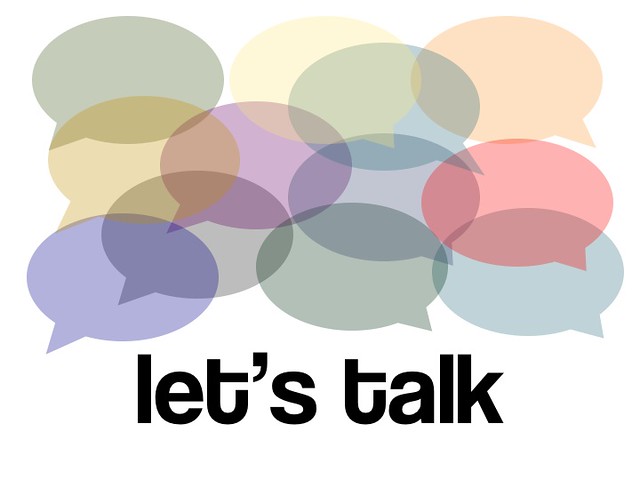Encourage Conference Experiences That Lead To Practice-Rich Lives Not Knowledge-Rich Brains
 Your conference doesn’t have to be the place that only offers expert lectures.
Your conference doesn’t have to be the place that only offers expert lectures.
It doesn’t have to only offer authorized, approved speeches. Or one-way monologues and panel dialogues.
You have the opportunity to pave the way for rich, two-way, peer to peer dialogue. You can create education offerings that provide time for audience elaboration, discussion, doubts, push back and questions not just passive listening. Those conversations lead to ownership of takeaways and authentic learning.
Why Are Speakers Talking?
If you are a presenter, ask yourself the following question, “Why am I talking?”
As a speaker, what is it that you believe happens when you broadcast to an audience? What do you really think occurs as those spoken words leave your lips and reach your listener’s ears?
Is it a recipe that just automatically produces learning as long as the audience listens?
So which is more important: your speech or the audience’s learning?
What would happen if you cut your speech in half and allowed the audience time to think about what you said? What if you allowed them to discuss how to apply each main point? Would you fail because you didn’t do all the talking?
If you are a conference organizer, why do we place so much emphasis on securing experts to talk to an audience through lecture? How do we know if that speech is even effective?
Test Driving Truths
Your conference success is determined by the growth and maturity of its attendees.
Listening to expert speeches does not automatically produce audience maturity.
Attendees don’t just want delivery of information. They want delivery for application.
Receiving knowledge is just not enough. The key is helping audiences understand how to apply those principles.
We need more targeted presentations that allow attendees to test-drive the takeaways.
The real goal of a conference is not to produce knowledge-rich brains. It’s to produce practice-rich lives.
The Proof Of Your Conference
The proof of your conference is not attendees’ changed intellect. It’s in transformed lives.
Attendees’ lives are changed when they start to discuss how to practice what they’ve heard. As they mentally consider practicing it, they consider new ways. They mentally dip their toe into the new truths and test the waters.
Do This One Thing: Be Conversational Not Presentational
If you’ll do this one thing, you’ll transform your conference. And it’s free. It doesn’t cost anything. It doesn’t require any tech tools.
Let every audience member talk more. Become conversational, not presentational.
How? Think small. Have the audience form groups of two or three. Give them two-six minutes to answer some open-ended questions that dig into why, what and how to apply the truths they just heard. Use this pair share technique two to three times within each education session and you’ll jumpstart growth.
When you allow everyone to talk, you expand ownership of the takeaway truths. You increase the effectiveness of your conference exponentially.
Want more info? Consider these authors: Jane Bozarth, Thom & Joni Schultz and Harold Stolovitch. Hat tips to them as well.
What questions does this paradigm shift of encouraging more pair share discussions raise for you? What caused you to change your mind about only offering expert lectures and transition to audience discussions as part of the mix?


It sounds good, but how can speakers prevent (or avoid) attendants to just get out of the topic being discussed during (or as a result of) the small group conversations?